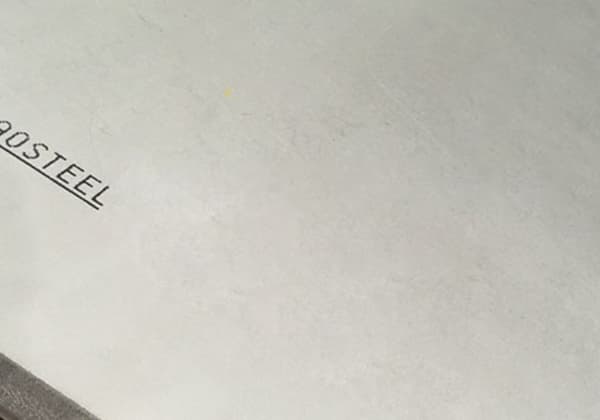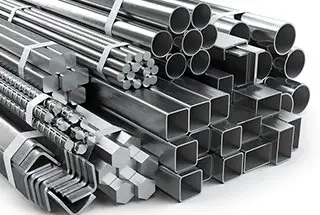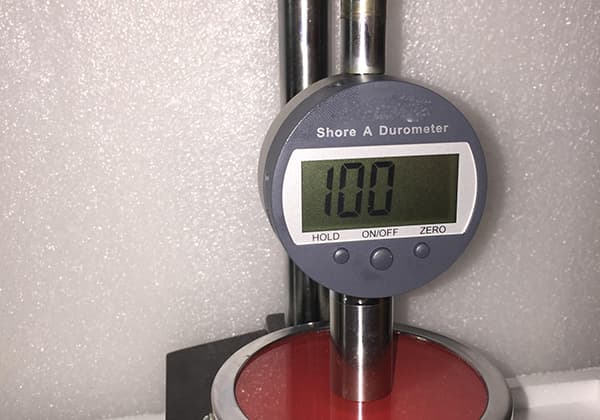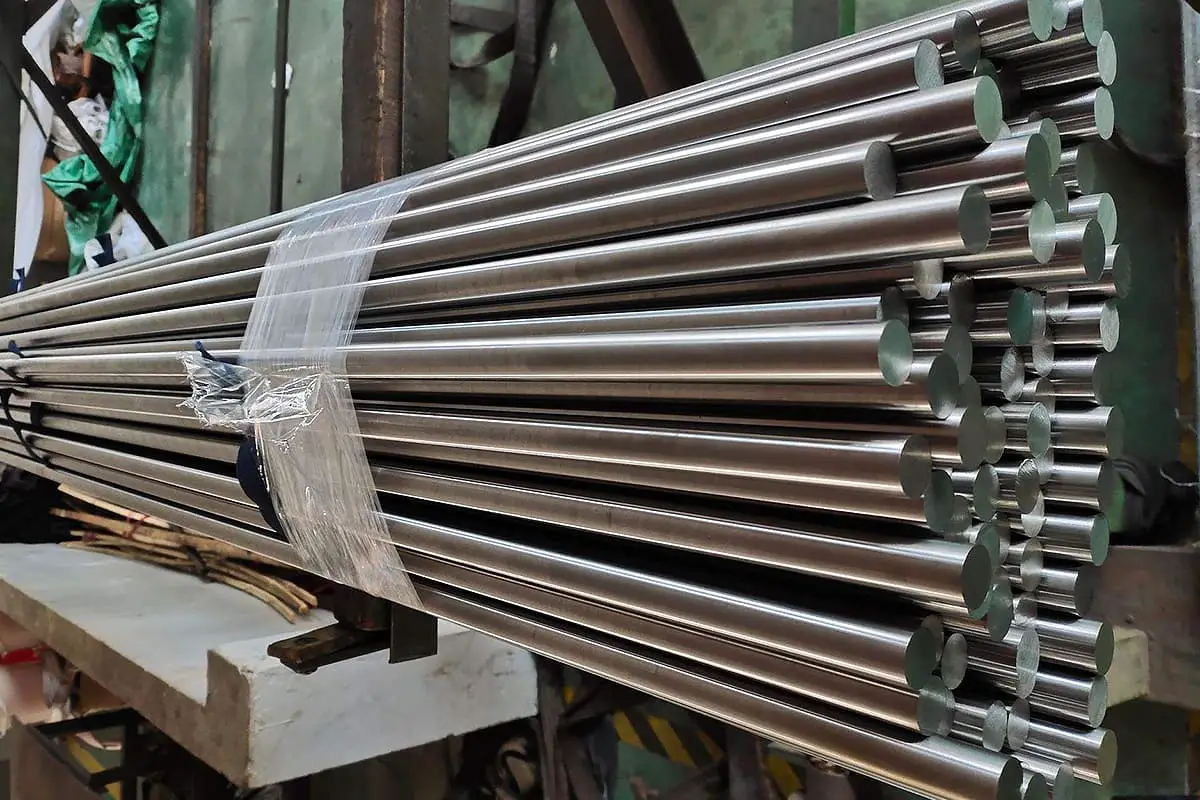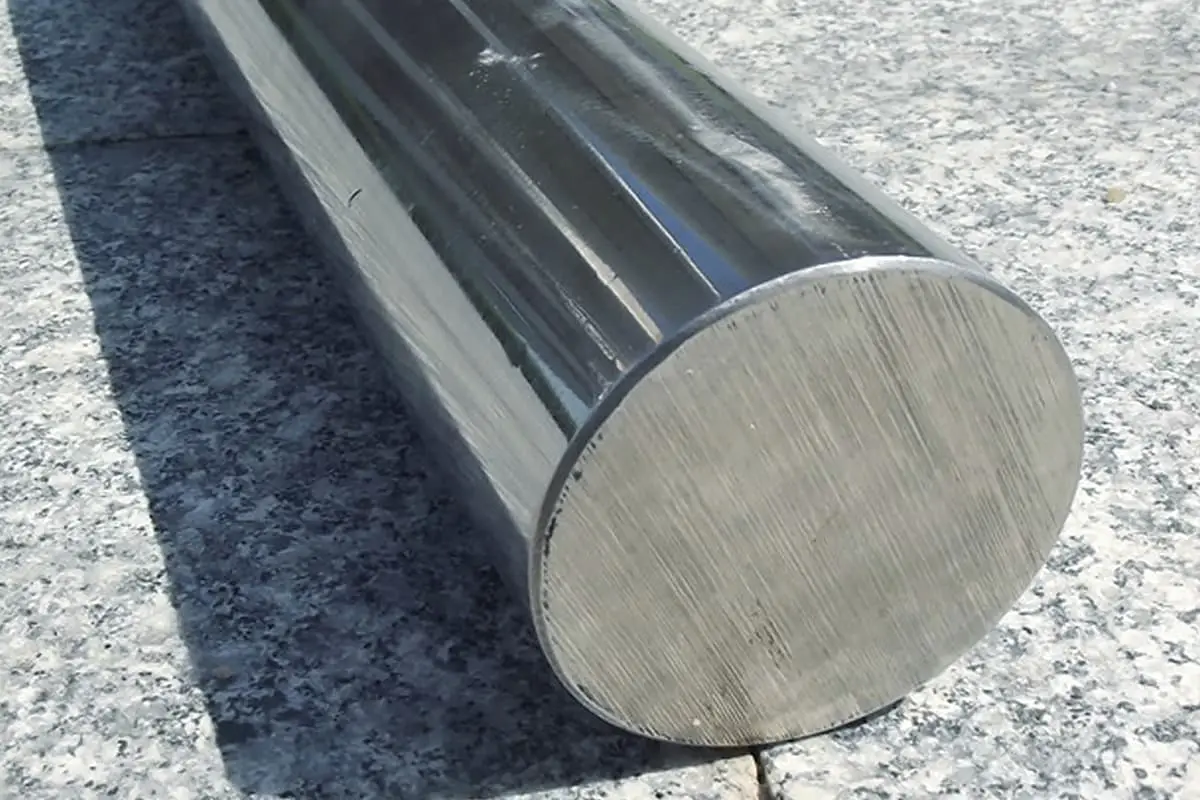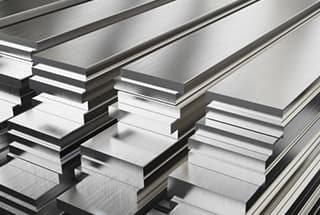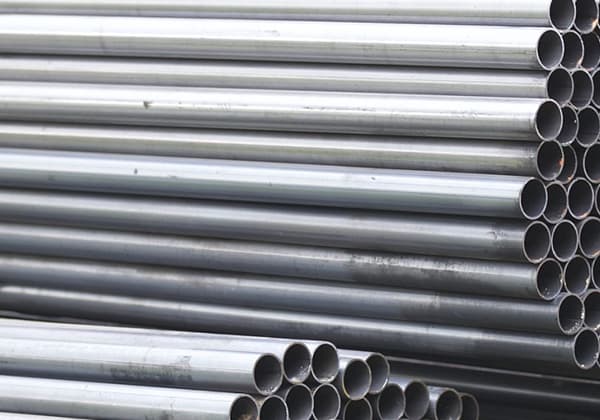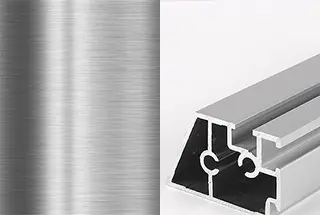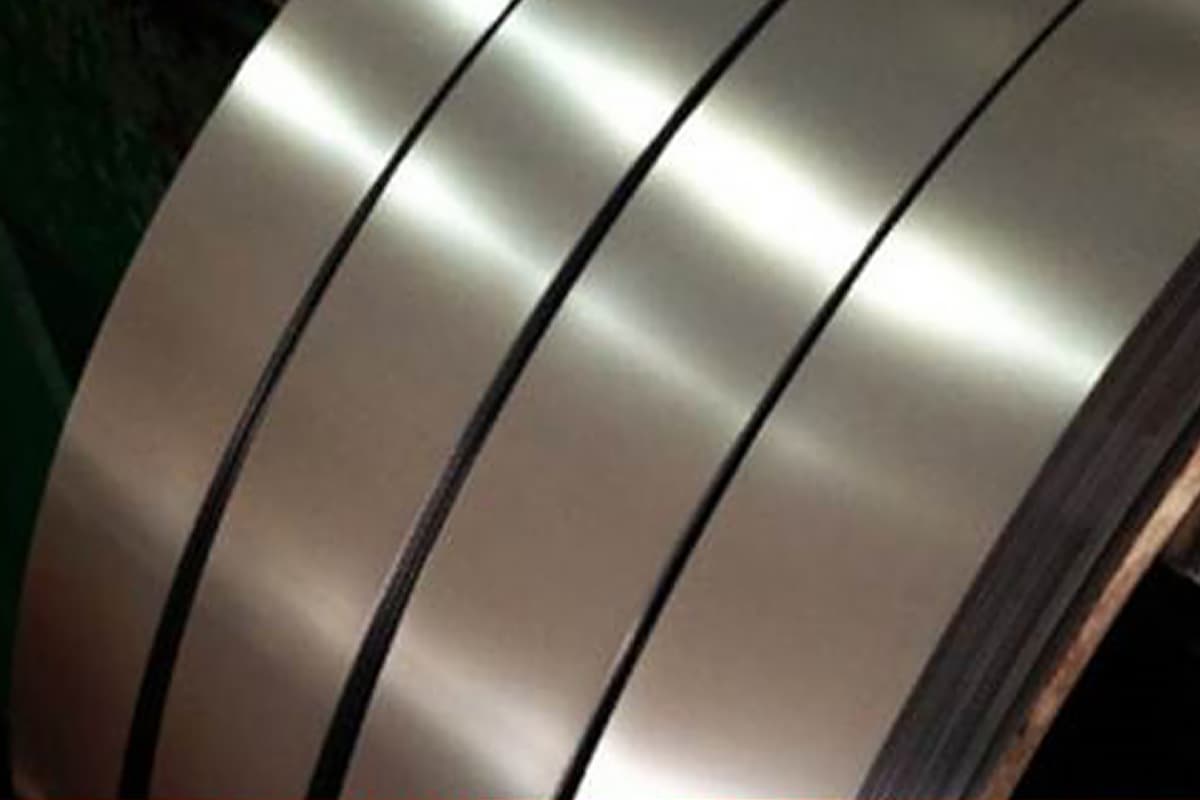
What makes one type of stainless steel better than another? In this article, we explore the key differences between 301 and 304 stainless steel. You’ll learn about their distinct chemical compositions, mechanical properties, and practical applications. By the end, you’ll understand which type is best suited for various uses, whether it’s for its strength, corrosion resistance, or flexibility.
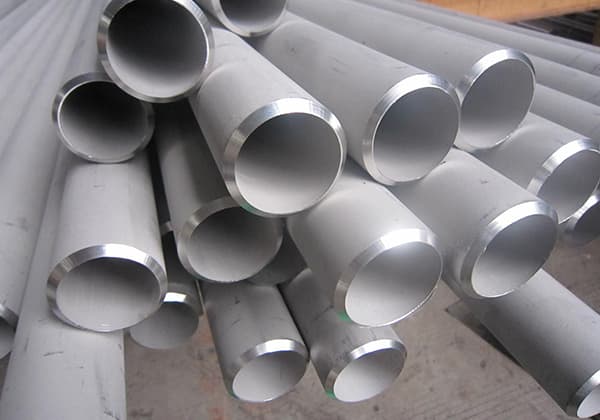
SUS304 (stainless steel):
SUS304, also known as Type 304 stainless steel, is the most widely utilized austenitic stainless steel grade in industrial applications. Its superior corrosion resistance and heat tolerance, compared to chromium steel, are attributed to its nickel content (typically 8-10.5%). This alloy exhibits excellent mechanical properties, including high tensile strength (515-720 MPa) and yield strength (205-310 MPa), coupled with a significant work hardening rate.
The material’s non-magnetic nature and favorable strength-to-weight ratio make it particularly suitable for structural brackets requiring robustness and corrosion resistance. SUS304’s work hardening characteristic enhances its durability under stress, making it ideal for applications involving repeated loading or vibration.
In the electronics industry, particularly for Notebook applications, SUS304 is commonly employed in thicknesses ranging from 0.4 mm to 1.0 mm. The selection of the appropriate temper is crucial to meet specific design criteria. For most structural components, 3/4 Hard (3/4H) temper is preferred due to its optimal balance of strength and formability. For applications requiring more complex forming operations, such as LCD brackets involving stretching and drawing, 1/2 Hard (1/2H) temper is generally recommended to ensure sufficient ductility while maintaining adequate strength.
It’s worth noting that while SUS304 offers superior performance, some manufacturers have begun substituting it with SUS430 (a ferritic stainless steel) for cost reduction. However, this substitution should be carefully evaluated, as SUS430 has different mechanical properties and lower corrosion resistance, which may impact product performance and longevity.
When specifying SUS304 for precision applications, it’s essential to consider not only the grade and temper but also surface finish, dimensional tolerances, and potential for stress corrosion cracking in certain environments. Proper material selection and processing can significantly influence the final product’s quality, performance, and lifespan.
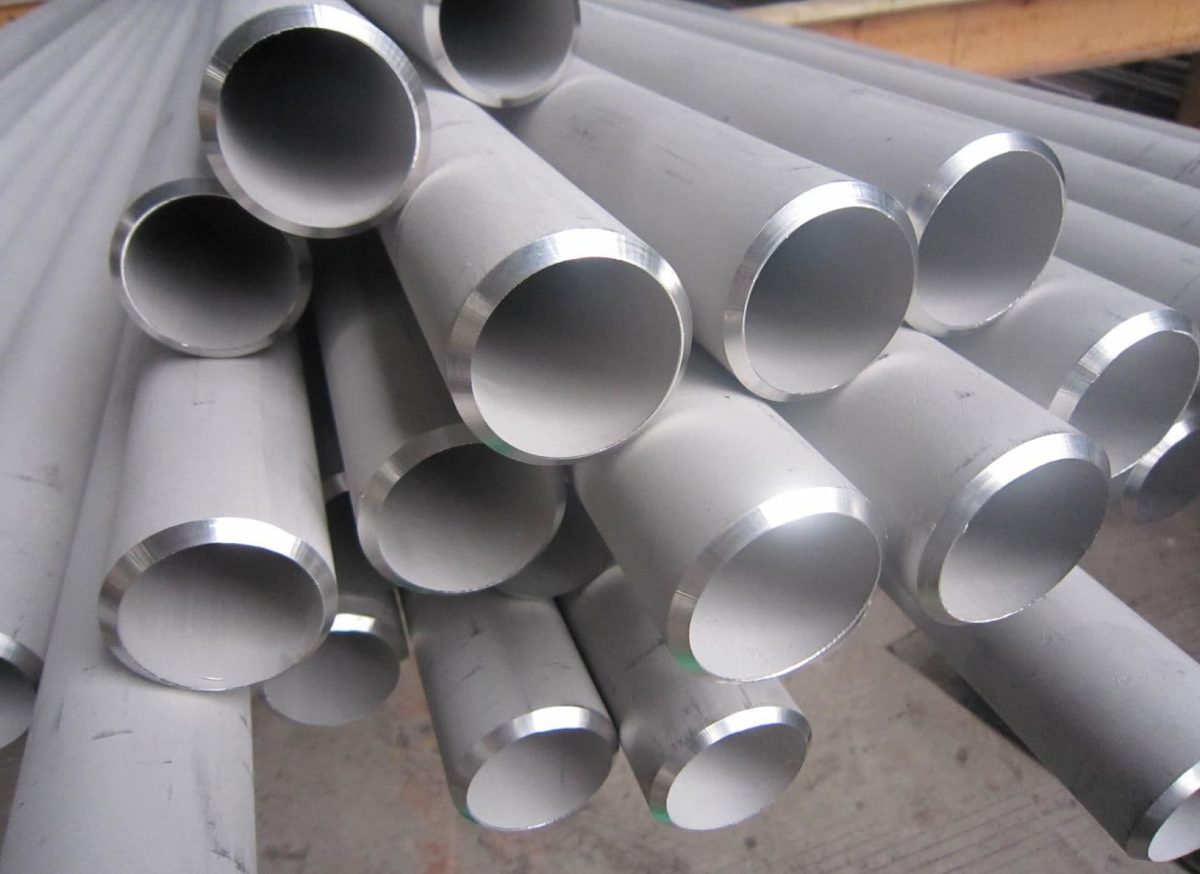
SUS301 (stainless steel):
SUS301, an austenitic stainless steel, contains lower chromium content compared to SUS304, resulting in reduced corrosion resistance. However, its distinctive characteristic lies in its exceptional work-hardening capability. Through cold working processes such as rolling or drawing, SUS301 can achieve remarkably high tensile strength and hardness, often surpassing 1,500 MPa ultimate tensile strength in its full-hard condition.
This material’s unique combination of strength and elasticity makes it ideal for applications requiring high spring properties. In the electronics industry, particularly in notebook computers, SUS301 is widely utilized for EMI (Electromagnetic Interference) shielding and elastic contact components. Its ability to maintain consistent spring characteristics over time, coupled with good electrical conductivity, makes it an excellent choice for these applications.
Typically, SUS301 is employed in thin gauges ranging from 0.07 mm to 0.4 mm (0.07T to 0.4T). When specifying this material, it’s crucial to select the appropriate grade and temper to meet specific design requirements. The material is available in various conditions, from annealed (soft) to extra full hard, each offering different levels of yield strength, tensile strength, and elongation.
It’s important to note that the crystallographic texture developed during cold working significantly influences the material’s mechanical properties. The rolling direction aligns the grain structure, resulting in anisotropic behavior. Higher grades (indicating more cold work) exhibit increased hardness and tensile strength but decreased ductility. This characteristic requires careful consideration during forming operations.
When forming SUS301, especially in its harder conditions, special attention must be given to bend radii and forming directions. The material’s tendency towards spring-back and its reduced formability in the harder conditions can lead to challenges such as cracking in corners and side walls if not properly managed. Techniques such as stress relief annealing or using specialized forming tools may be necessary to mitigate these issues in complex parts.
SUS301: Highly suitable for elastic applications due to its high carbon content and superior hardness. This grade exhibits excellent resistance to elastic fatigue, making it ideal for components requiring sustained spring-like properties. However, its high strength comes at the cost of reduced ductility, limiting its formability in drawing operations.
SUS304: Less suitable for elastic applications owing to its lower carbon content and consequently lower hardness. While this grade offers excellent corrosion resistance and formability, its softer nature makes it prone to elastic fatigue under cyclic loading conditions.
SUS430: A ferritic stainless steel with variable hardness due to its higher impurity content, particularly carbon and nitrogen. This inconsistency in hardness can lead to unpredictable mechanical properties, making it less ideal for applications requiring precise elastic responses.
Note:
Even when the nominal hardness values are similar, such as SUS301 3/4H and SUS304 H, the underlying microstructural differences significantly impact their elastic behavior. SUS304 H, despite matching hardness, is more susceptible to elastic fatigue in spring applications due to its austenitic structure and lower carbon content. This highlights the importance of considering both composition and microstructure in material selection for elastic components.
Material thickness plays a crucial role in hardness tolerance, with thicker materials exhibiting larger hardness variations. This phenomenon is attributed to differences in cooling rates and potential compositional segregation during the manufacturing process. Engineers must account for this thickness-dependent hardness variation when designing parts with specific elastic requirements, especially for precision components or those with varying cross-sections.
| Grade | SUS301 | |
| Chemicai composition (WT%) | (C) | ≤0.15 |
| (Mn) | ≤2.00 | |
| (Ni) | 6.00-8.00 | |
| (Si) | ≤1.00 | |
| (P) | ≤0.035 | |
| (S) | ≤0.030 | |
| (Nb) | / | |
| (Cr) | 16.00-18.00 | |
Note:
Heat treatment specification: Solution treatment at 1010-1150℃ followed by rapid cooling.
Metallographic structure: The microstructure is characterized by austenite.
Delivery condition: Generally delivered in the heat-treated state, with the specific heat treatment type specified in the contract. If not specified, it will be delivered in the untreated state.
| Grade | SUS301 | ||
| Mechanical properties | Tensile strength | σb (MPa) | ≥520 |
| Yield strength σs | (Mpa) | ≥205 | |
| Elongation δs | (%) | ≥40 | |
| Reduction of area | ψ (%) | ≥60 | |
| Impact energy Akv (J) | / | ||
| Impact toughness value α kv (J/cm2) | / | ||
| Hardness | / | ||
| Sample blank size | / | ||
Hardness: ≤187HB; ≤90HRB; ≤200HVK
| Grade | Mechanical properties | ||||
|---|---|---|---|---|---|
| SUS304 | ANN | 200max | 205min | 520min | 40min |
| SUS304 | 1/2H | 250min | 470min | 780min | 6min |
| SUS304 | 3/4H | 310min | 665min | 930min | 3min |
| SUS304 | FH | 370min | 880min | 1130min | / |
| SUS301 | ANN | 200max | 205min | 520min | 40min |
| SUS301 | 1/2H | 310min | 510min | 930min | 40min |
| SUS301 | 3/4H | 310min | 745min | 1130min | 5min |
| SUS301 | FH | 430min | 1030min | 1320min | 3min |
| SUS301 | EH | 490min | 1275min | 1570min | / |
SUS 301 has a density of 7.93 g/cm³.
| Material | Hardness mark | Hardness value |
| SUS301 | 1/4H | 250~above 250 |
| SUS301 | 1/2H | 300~above 310 |
| SUS301 | 3/4H | 360~above 370 |
| SUS301 | H | 400~ above 430 |
| SUS301 | EH | Above 490 |
“SUS” is a general term for Japanese steel grades. SUS304 is a Japanese JIS standard stainless steel, which corresponds to China’s 0Cr18Ni9 and the US’s 304.
Properties: It has good corrosion resistance, heat resistance, low-temperature strength, and mechanical properties. It has good hot working properties, such as stamping and bending, and does not exhibit hardening during heat treatment. It is non-magnetic.
Uses: household items, cabinets, indoor piping, water heaters, boilers, bathtubs, automotive parts, medical devices, building materials, chemical, food industry, agriculture, and ship components.
| Grade | SUS304 | ||
| Mechanical properties | Tensile strength | σb (MPa) | ≥520 |
| Yield strength | σs (MPa) | ≥205 | |
| Elongation | δ5 (%) | ≥40 | |
| Reduction of area | ψ (%) | ≥60 | |
| Impact energy | Akv (J) | / | |
| Impact toughness | Value/αkv (J/cm2) | / | |
| Hardness | / | ||
| Sample blank size | / | ||
Hardness: ≤187HB; ≤90HRB; ≤200HV
SUS 304 has a density of 7.85 g/cm³.
| Grade | SUS304 | |
| Chemical composition (WT%) | (C) | ≤0.07 |
| (Mn) | ≤2.00 | |
| (Ni) | 8.00-11.00 | |
| (Si) | ≤1.00 | |
| (P) | ≤0.035 | |
| (S) | ≤0.030 | |
| (Nb) | / | |
| (Cr) | 17.00-19.00 | |

